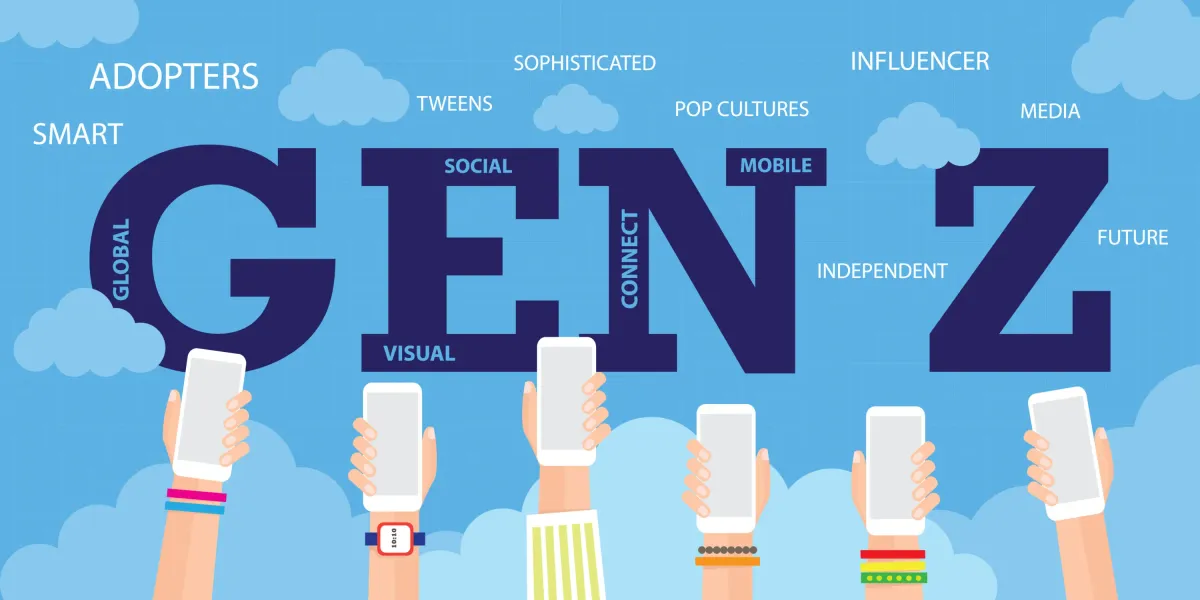Gen Z is keeping Black Friday alive according to McKinsey report
McKinsey’s new data shows how generational habits are redefining the 2025 holiday shopping season

Holiday shopping may be starting earlier every year, but not everyone is on board with the shift. According to McKinsey’s latest ConsumerWise survey, Gen Z consumers in the US are sticking with tradition: nearly one in five say Black Friday is still the true start of the holiday shopping season.
That’s a notable contrast from other generations, who increasingly begin their gift buying well before November.
This article explores how Gen Z’s holiday habits diverge from the norm, what that means in a climate of economic caution, and how brands should adapt their 2025 retail strategies accordingly.
Short on time?
Here’s a table of contents for quick access:
- Gen Z is keeping Black Friday alive
- Cautious spending defines the broader holiday mood
- Why this shift matters for marketers
- 3 marketing strategies to meet consumers where they are

Gen Z is keeping Black Friday alive
Despite a general trend toward earlier shopping, Gen Zers are more likely to associate Black Friday with the official start of the season. McKinsey’s research shows that 17% of Gen Z shoppers kick off their holiday buying during Black Friday weekend, compared with just 11% of consumers overall.
There are a few reasons behind this loyalty. For one, Gen Z has less disposable income than older generations, making them especially value-driven. Waiting for peak sales events like Black Friday allows them to stretch limited budgets further. As one survey respondent put it, “That’s when I get the most bang for my buck, and it makes holiday shopping less daunting and more manageable.”
The numbers back it up. In 2024, US consumers spent US$10.8 billion online during Black Friday alone, with digital sales growing year over year. The in-store scene didn’t fare as well once inflation adjustments were factored in, but the overall significance of Black Friday hasn’t disappeared. It’s just evolving.
For Gen Z, cultural relevance also plays a role. Black Friday hauls make for shareable social media moments, contributing to a feeling of digital camaraderie that random October discounts just don’t offer. In 2024, one platform popular with Gen Z saw 30,000 livestreams and billions of views on Black Friday content.
Cautious spending defines the broader holiday mood
Across age groups, there’s a clear shift in mindset: practicality is trumping excess. McKinsey reports that 46% of US consumers plan to spend the same amount as last year, while 25% intend to cut back. Inflation, especially on essentials like groceries, is driving consumers to prioritize needs over wants.
Even high-income shoppers are being selective. 65% will maintain or increase spending, but among middle- and lower-income groups, that figure drops significantly.
Boomers, for instance, are leading the move toward practical gifting, with many citing grocery store or gas station gift cards as preferred presents. One boomer respondent noted, “A gift card for a grocery store or even a gas station would be appreciated more than a piece of jewelry or artwork.”
E-commerce continues to dominate, with about one-third of shoppers planning to do most of their holiday buying online. In-store shopping hasn’t disappeared, but it’s becoming a complementary channel rather than the primary one.
Why this shift matters for marketers
The generational divide in holiday behavior isn’t just a retail curiosity. It’s a marketing signal. Gen Z is blending digital rituals with traditional retail timing, creating a hybrid approach that marketers need to understand and address.
By contrast, older generations are shifting their focus to practicality, essential items, and low-friction gift options like digital gift cards. The implication? Marketers must segment their campaigns and promotions by both generation and intent, not just demographics.
This moment also underscores the need for retailers to balance urgency with authenticity. Flashy sales events may still work for Gen Z, but they’ll fall flat with older audiences looking for reliability and relevance.
3 marketing strategies to meet consumers where they are
Here’s how marketers can adapt to the evolving 2025 holiday landscape:
1. Segment your messaging by generation and value mindset
Don’t just run blanket holiday ads. Build differentiated campaigns: lean into tradition and community for Gen Z, while emphasizing practicality, savings, and stress-free experiences for older shoppers.
2. Plan dual-channel Black Friday experiences
Gen Z is still showing up for Black Friday, but they’re doing it online. Ensure your digital presence mirrors the excitement and immediacy of in-store deals with livestreams, haul challenges, and shareable content incentives.
3. Offer flexible gifting formats
With gift cards ranking among the top categories, make it easy for all generations to purchase and send them. Digital delivery options or value-add pairings with essentials like groceries can drive more conversion.
The 2025 holiday season is a study in contrasts: cautious optimism from older generations, and digitally infused tradition from Gen Z.
Marketers who understand these dynamics and meet consumers on their terms will be best positioned to turn economic hesitancy into loyal engagement.




